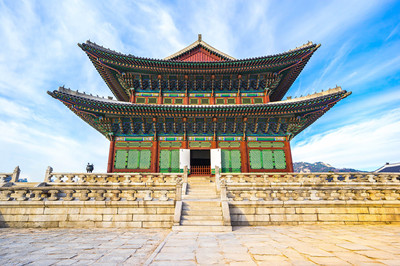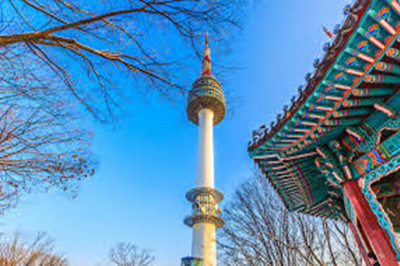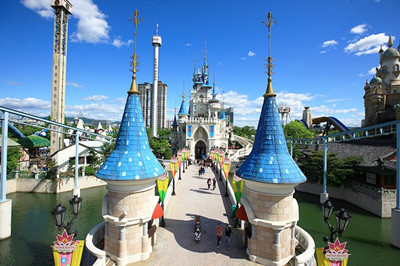Visit in Seoul



Gyeongbokgung (Korean: 경복궁) is a former royal palace in Seoul, South Korea. It was the first royal palace of the Joseon dynasty, having been established in 1395. It is now one of the most significant tourist attractions in the country. The palace was among the first landmarks to be established in Seoul. It flourished under the 1418–1450 reign of Sejong the Great, who invented the native Korean script Hangul at the palace. In 1592, amidst the Imjin War, the palace was completely burned down. Plans to repair the palace fell through amidst funding shortages after the war. It would not be restored until the late 19th century, during the reign of the penultimate monarch Gojong.
The N Seoul Tower (Korean: N 서울타워), officially the YTN Seoul Tower and a.k.a. the Namsan Tower, is a communication and observation tower located on the summit of Namsan (262 m (860 ft)) in central Seoul, South Korea. The 236-metre-tall (774 ft) structure marks the second highest point in Seoul and is considered a local landmark. Built in 1971, N Seoul Tower is South Korea's first general radio wave tower, providing TV and radio broadcasting in Seoul. Currently, the tower broadcasts signals for Korean media outlets, such as KBS, MBC and SBS.
Lotte World or Lotte World Adventure (Korean: 롯데월드 어드벤처)
is a theme park and major recreation complex in Seoul, South
Korea. Opened in July 1989, Lotte World consists of a large
indoor theme park, an outdoor amusement park called "Magic
Island", shopping malls, a luxury hotel, an observation tower, a
Korean folk museum, sports facilities and movie theaters. Lotte
World's sister theme park, Lotte World Adventure Busan, opened
in March 2022. In 2023 Lotte World received 5.1 million
visitors, making it the 23rd-most visited theme park in the
world that year and the tenth-most visited in Asia.